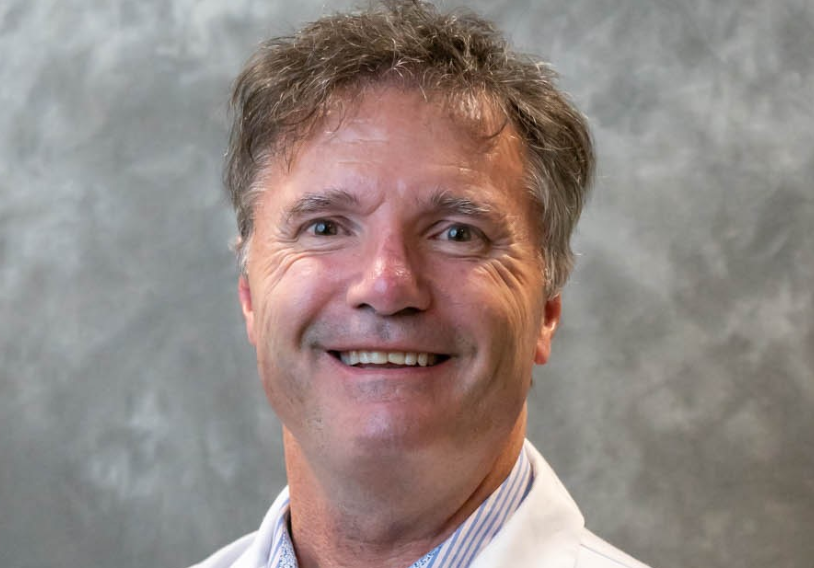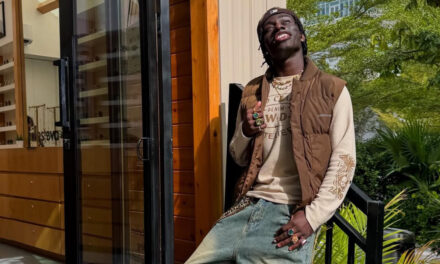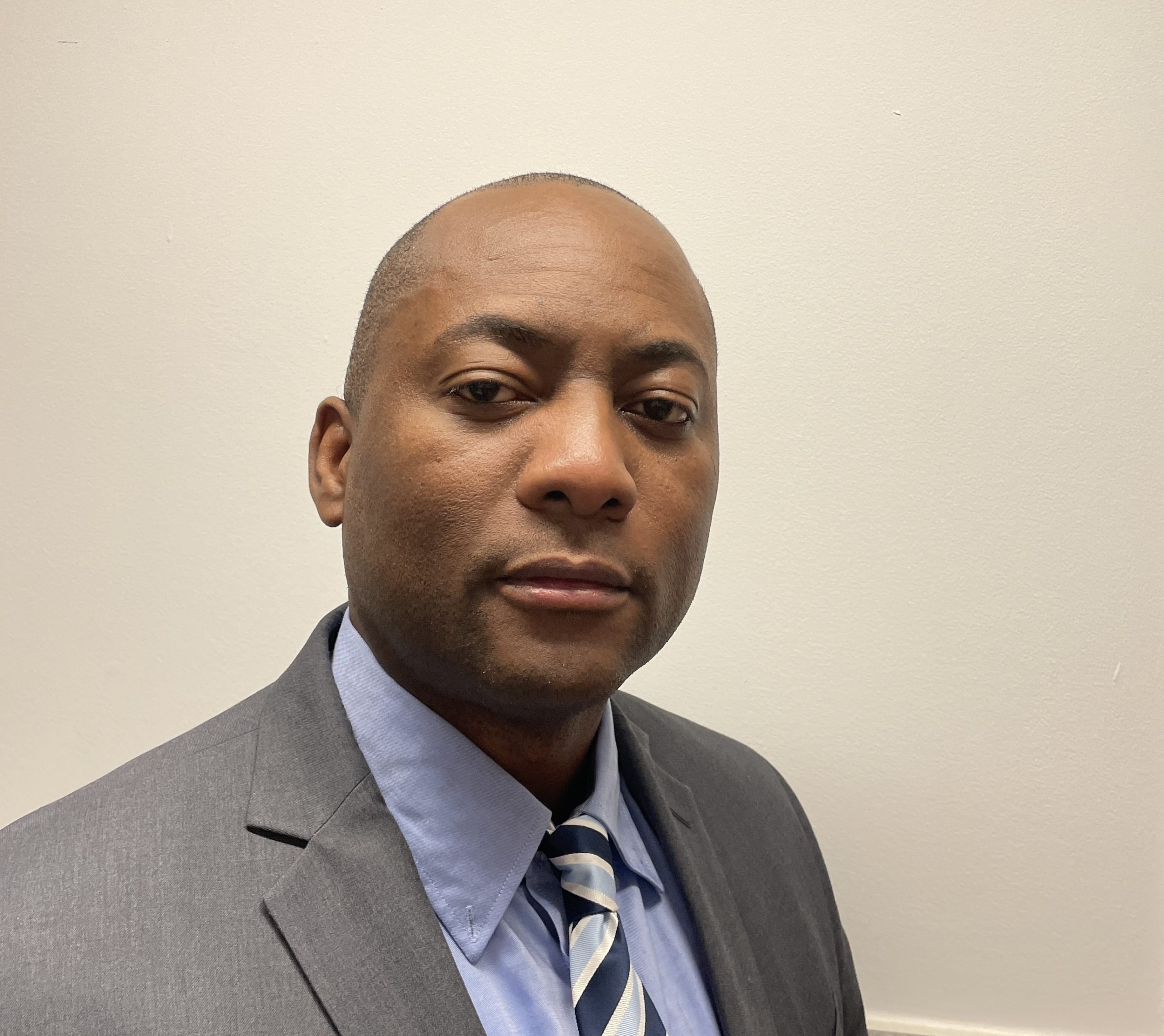Dr. Robert MacArthur, MD, is an accomplished orthopedic surgeon with over two decades of experience, specializing in advanced joint replacement, spinal surgeries, and sports-related injuries. Holding a double major in Biochemistry and Physiology from the University of California, Berkeley, and a medical degree from Columbia University’s Vagelos College of Physicians and Surgeons, Dr. MacArthur’s background blends scientific rigor with surgical precision. His career has been marked by a commitment to integrating innovative technologies such as augmented reality, enhancing surgical outcomes for his patients. Based in California, he currently practices at Hazel Hawkins Memorial Hospital, where he provides patient-centered care using advanced techniques and personalized treatment plans.
In addition to his medical expertise, Dr. MacArthur has a profound dedication to fitness, having completed over 30 marathons, and is passionate about the creative arts, especially sculpting—a practice that complements his surgical work. A single father, he manages to balance his demanding career with family life, striving to excel both as a caregiver and a parent. Dr. MacArthur’s dedication to patient well-being, continuous learning, and innovation continues to make a lasting impact on the field of orthopedic surgery.
Q&A with Dr. Robert MacArthur, MD: Reflections on Early Career and Education
Dr. MacArthur, what initially drew you to the field of medicine, particularly orthopedics?
My interest in medicine, and specifically orthopedics, began from a fascination with how the human body works—especially its mechanics. Growing up, I was always curious about the science of movement, even more so because I was involved in sports like boxing and rugby. I experienced and observed a lot of injuries, and I wanted to understand how the body recovers from trauma and returns to peak performance. As I pursued my undergraduate studies in Biochemistry and Physiology at UC Berkeley, I became captivated by the idea that science and medicine could be applied to restore or improve physical abilities. Orthopedic surgery felt like the perfect blend of all these interests.
Can you tell us about your experience studying Biochemistry and Physiology at UC Berkeley? How did it shape your career path?
Studying Biochemistry and Physiology at Berkeley provided me with a solid foundation in the sciences. The rigor of those programs taught me to think critically and to appreciate the complexities of human biology on a molecular level. I had some incredible mentors who encouraged me to apply my scientific knowledge to real-world applications. The program also introduced me to the concept of seeing the body as a system with interconnected parts, which is essential for any orthopedic surgeon. This understanding of physiology and biochemistry has proven invaluable throughout my career, especially when I’m considering how surgical interventions affect the body as a whole.
What led you to pursue your medical degree at Columbia University’s Vagelos College of Physicians and Surgeons?
Columbia had always been on my radar because of its reputation, but what really convinced me was its strong emphasis on combining academic rigor with clinical experience. I wanted an environment where I could continue my scientific studies while also gaining hands-on experience with patients early on. Columbia also places a strong emphasis on empathy and understanding patient perspectives, which was a big factor for me. As a medical student there, I was able to work with top-notch surgeons and experience a wide range of medical cases in New York City. That diversity of exposure played a huge role in shaping my approach to patient care.
How did your time at Columbia influence your surgical skills and patient approach?
Columbia’s training was intense, but it prepared me well for the complexities of orthopedic surgery. We were constantly challenged to apply what we learned in real clinical settings, and that practice was crucial in building my confidence. One key lesson I took away from Columbia was the importance of empathy. The medical program there emphasizes treating patients as individuals, not just cases. This approach became central to my practice later on. I was also trained to always stay curious and never settle for “good enough.” This philosophy has carried over to my work today, especially in terms of adopting and integrating new technologies, like augmented reality, to enhance surgical outcomes.
What was the experience like during your residency at Harbor-UCLA Medical Center?
Harbor-UCLA was both challenging and rewarding. The residency exposed me to a high volume of diverse and complex cases, which accelerated my learning curve. It was a demanding environment, but that’s where I truly honed my skills. The surgeons there were incredible mentors and had high expectations, which pushed me to become as proficient as possible. Orthopedic surgery requires a combination of technical precision and adaptability, and those were drilled into us from day one. During residency, I learned the importance of preparation and resilience, which are critical in a field where every decision can impact a patient’s quality of life.
Can you share any particular experiences from your residency that stand out?
One case that stands out involved a patient with a severely fractured femur. It was one of the most challenging surgeries I had encountered at that point, with multiple complications that required quick thinking and adaptability. We had to use advanced imaging and work as a team to stabilize and repair the fractures. That experience taught me a lot about teamwork, preparation, and the necessity of clear communication in the operating room. It also showed me the emotional aspect of surgery—seeing the patient’s recovery journey was incredibly rewarding and solidified my dedication to orthopedics.
Orthopedic surgery is a demanding field. How did your background as an athlete influence your career in this area?
My athletic background has been a huge asset in orthopedic surgery. Competing in rugby and boxing taught me discipline, focus, and resilience—qualities that are essential in the operating room. Athletes know the importance of preparation, and that mindset translates well to surgery. Before a complex procedure, I prepare just like I would before a match, going over each step in my mind, anticipating possible challenges, and being fully focused. Being an athlete also gives me a unique perspective when treating patients with sports injuries. I understand their determination to get back to their activities, so I try to approach their treatment with that in mind.
You’ve been involved in developing innovative techniques in orthopedic surgery. How did your education prepare you for this aspect of your career?
My education laid the groundwork for a lifelong curiosity and respect for research and development. At Berkeley, I learned to approach problems scientifically, which translated well to innovation in surgery. Columbia encouraged us to think critically and challenge the status quo, which I carried with me into my career. Innovations like augmented reality in surgery and 3D printing allow us to enhance precision and reduce recovery times for patients, and I’m always looking for ways to integrate new tools if they can improve patient outcomes.
Outside of surgery, you’re known for your interest in sculpting. How does this creative outlet impact your work as a surgeon?
Sculpting is my way of unwinding, but it also complements my work. The fine motor skills and focus required in sculpting are very similar to those used in surgery. It’s a meditative process that allows me to practice precision and patience in a different way. I think of it as cross-training for surgery. Plus, taking time to create something outside of work helps me maintain a sense of balance. It reminds me that there’s an art to medicine as much as there is a science.




